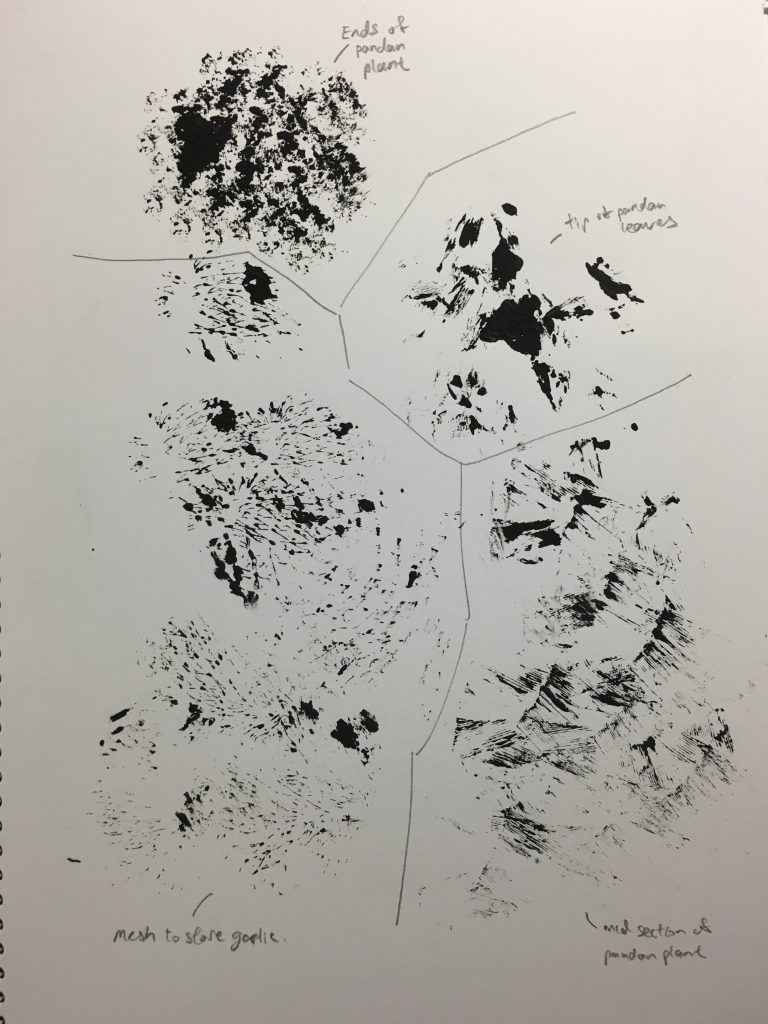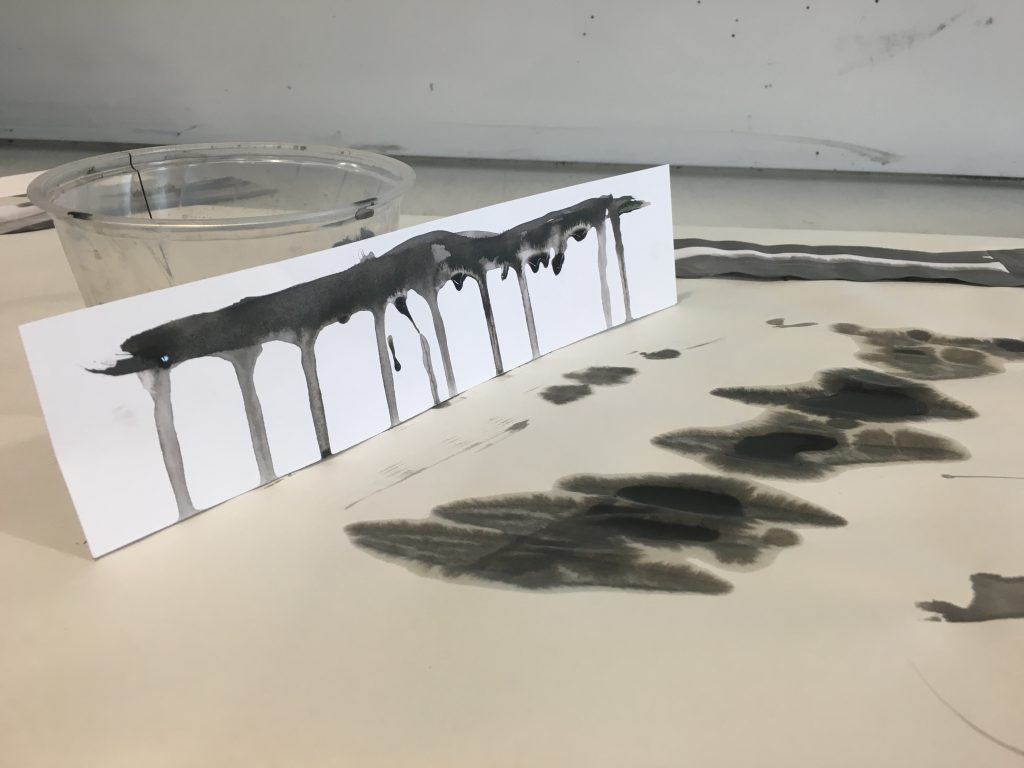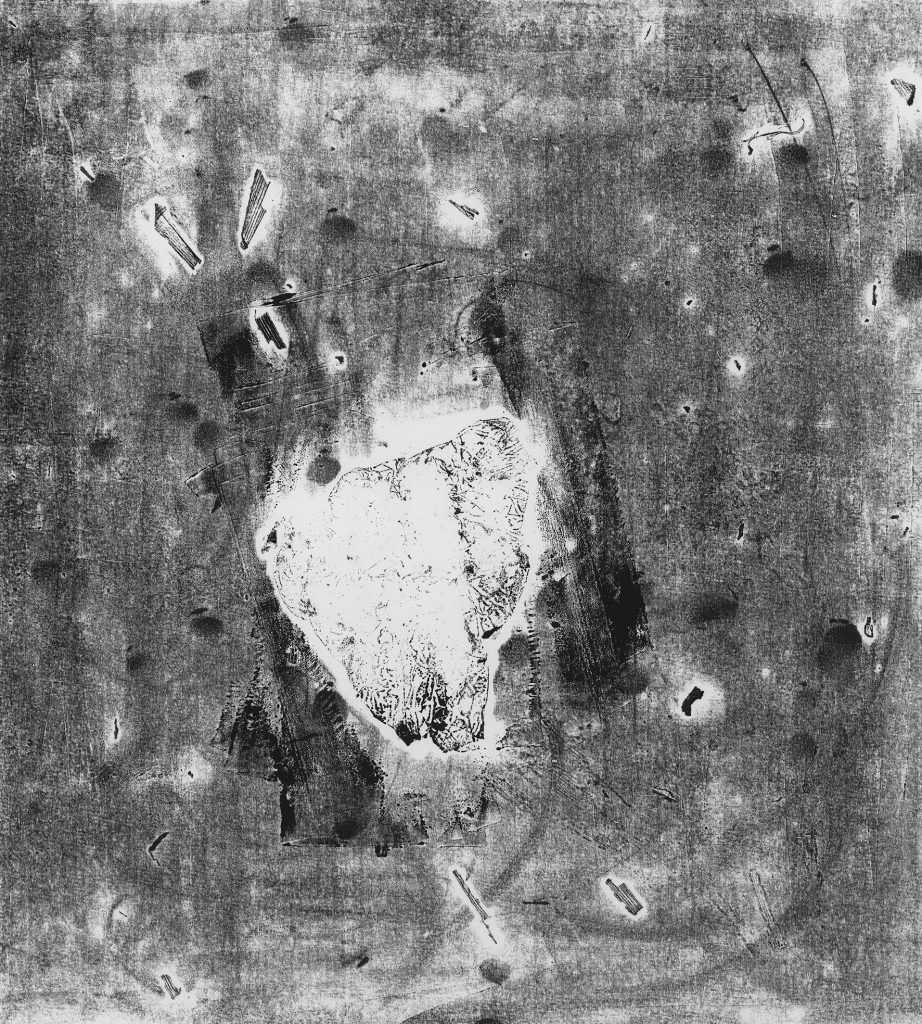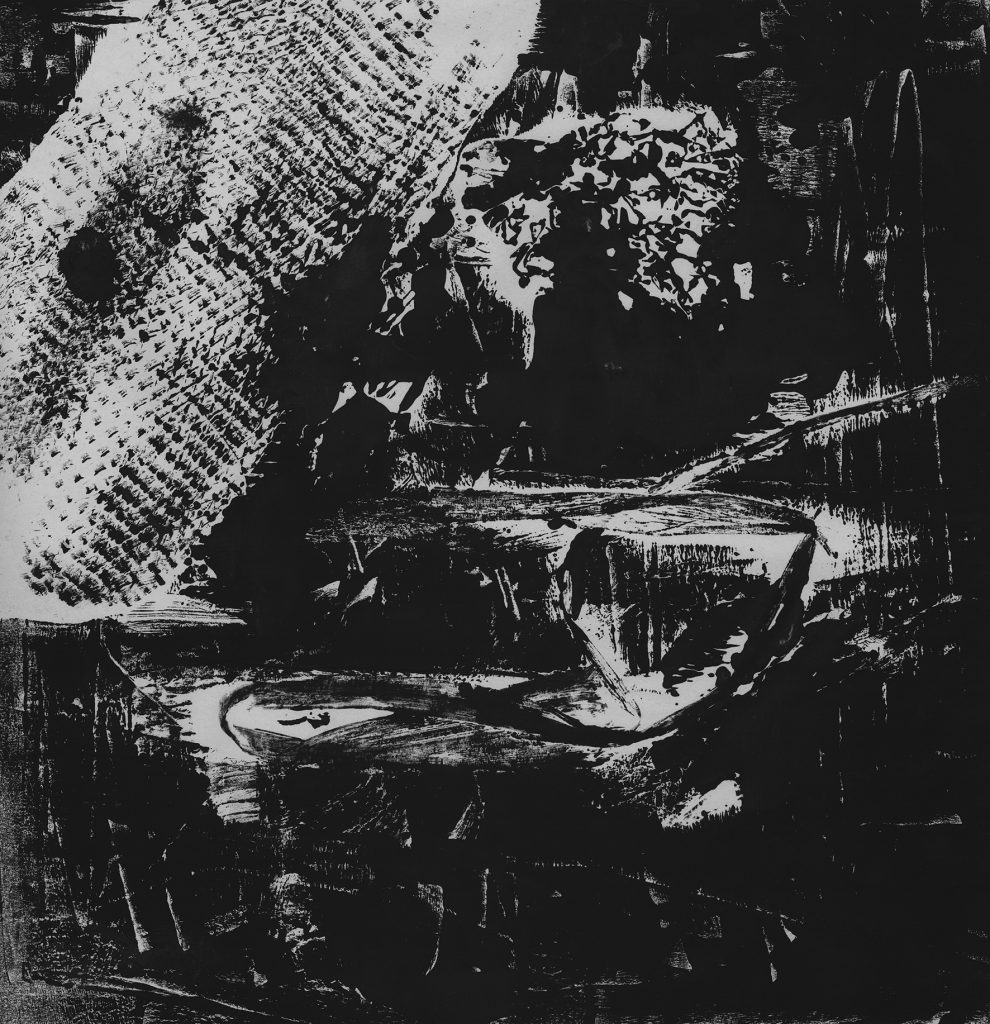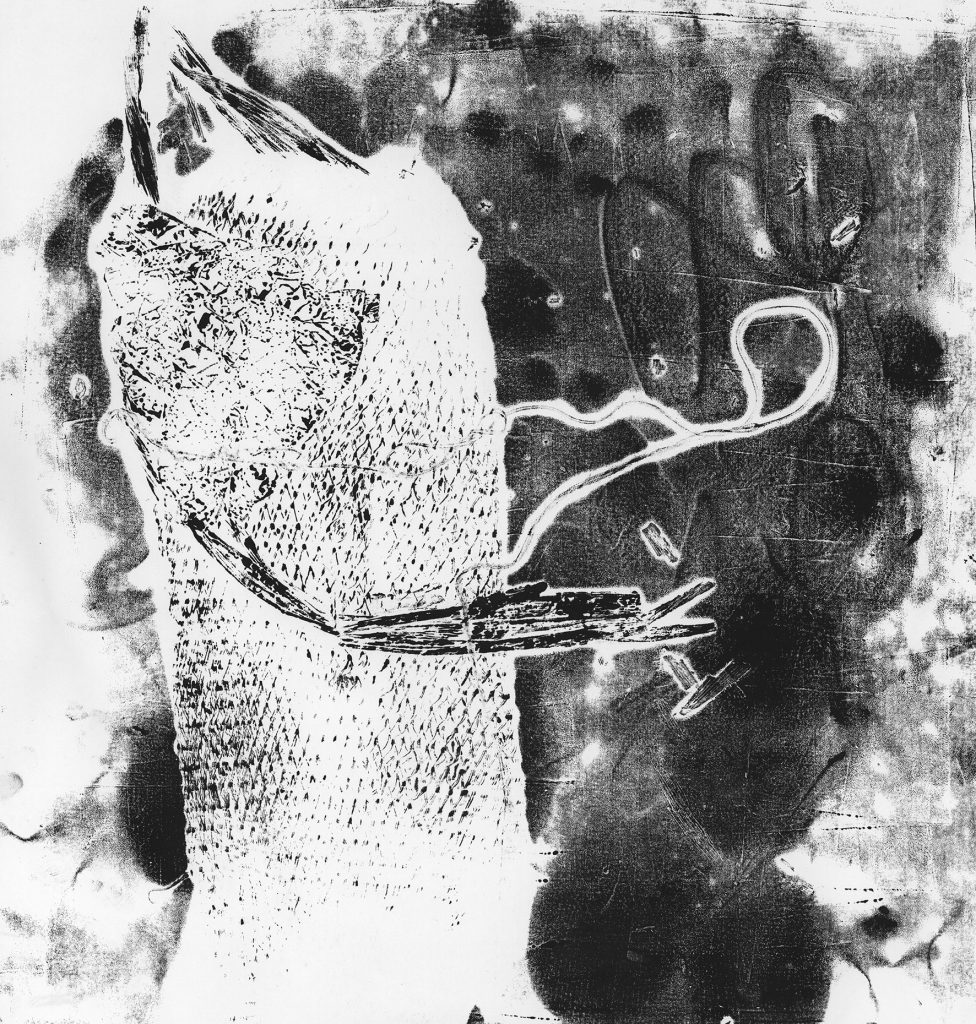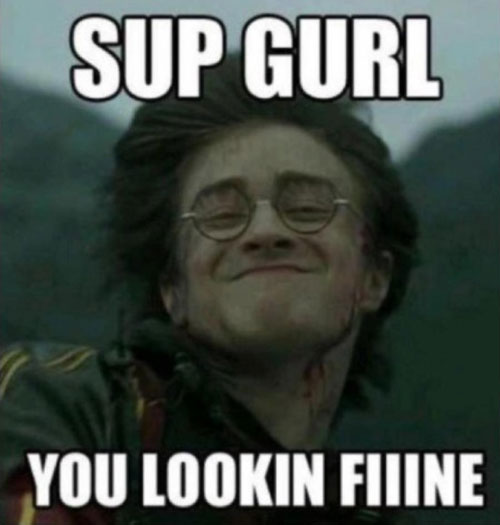Ed Moses
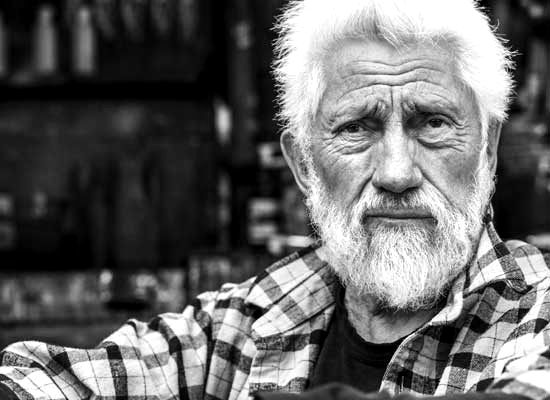
Ed Moses focuses on the profound possibilities and challenges of abstract paintings. His personality makes him choose the unknown over the known, thus his works are experimental. Most of his works are repetitive, all-over patterns of non-cursive and vertical strokes.
Resin Paintings & Paper Pieces were structures of diagonal parallel lines that zigzagged from left to right. Achieving a balance between Order and Contingency encouraged Moses to explore further. Some of his works he claim to be Cubist paintings, using numerous layers of crisscrossing, coloured diagonal bands into an all-over pattern, asserting 2D & 3D space. In an interview, he says that Luck and Chance are in his works. “Sometimes I feel just absolutely glowing because something come out the way it did.” To him, he feels that Life & Art are all the same.
Playing with Chaos
- Combined various styles, methods and techniques
- Spray gun
- Insoluble mixtures of oil, paint, acrylic and shellac
Rafe Bone, 1958, Oil on Canvas
Untitled-C, 1958, Oil and Enamel on sized paper
Broken Wedge, 1973, Rhoplex and Pigment on laminated tissue
NY Trac, 1974, Acrylic and tissue on nylon
Two Cubist Paintings, 1978, Acrylic on drywall
OH-BU, 1982, Acrylic on raw wood
- Breaking the structure (“The challenge is to be in that kind of momentum, in tune, and to bypass control”)
- Learning by repetitions
- When he paints, no plans, no strategy. Just notion.
Snail Struct & Antman, 1987, Acrylic and Oil on canvas
Densely Arked & Untitled, 2004, Acrylic on canvas
Loite & Franko-L, 2007, Acrylic on canvas
Chico Esquela, 2009, Acrylic on canvas




Using expressive lines and tones to create space.
Agnes Martin
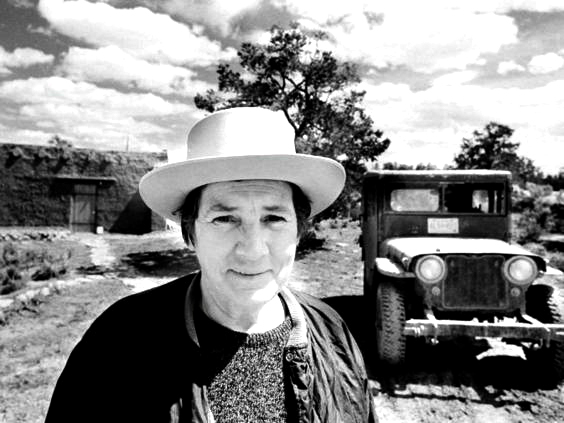
She has six decades of painting and drawing experience, which can be seen in her endless varieties and subtle artworks. Her works are systematic; Grids, Symmetry and Stripes are elements are shown in her works. Her famous pieces are early 1970s self-imposed template of vertical or horizontal stripes & reduced colour palette, she is modest in form & subtle in colour though with ‘an immense presence’ and ‘powerful energy that almost takes physical hold of the viewer’.
She is a minimalist and privileged 1) Experience over interpretation, 2) Feeling over understanding, and 3) Inspiration over planning. She edits out paintings that doesn’t meet her standard of perfection and her working style changes over time. Her works include expression of essential emotions (preferred by the older generation) and Methods of repetition, geometric format and reduced means (preferred by the younger generation). Agnes initially started out with early portraits, still life-s and landscapes (early modernist painting) then progressed to abstract works influenced by cubism, surrealism and early abstract expressionism and finally to geometric compositions (pencilled grids on large square, seemingly blank canvases).
Her 1963 paintings emphasise on the material presence of the object, while comprehension of the process; Making something grand and beautiful from small, simple repetitive gestures evokes more ambitious, expressive content. As can be seen in her works: 1) Grids are never absolutely square, they are rectangles, 2) A little bit off share destroys the power of the square, and 3) Imperfections in her line shows Flawed by the human hand.

Referenced artist: Jackson Pollock. Using Drip and Splash style, avoiding any clear space and patterns. The line is created disregarding the size of the canvas.

Referenced artist: Andy Warhol. Using Decalcomania, creating a piece with symmetry and different tonal values. Subtly showing a contrast of Similarity and Differences.

Referenced artist: Steven Spazuk. Using Fumage, creating an abstract piece of soot-based work with gradients of fluid strokes. The concentrated burnt marks depict the intensity of emotion throughout the canvas.
References:
Ed Moses – ND237.M776E21
Agnes Martin – N6537.M38A272, ND237.M24625A272
Jackson Pollock – http://www.jackson-pollock.org
Andy Warhol – http://www.themodern.org/blog/Its-All-In-Your-Head-Warhols-Rorschach-Paintings/166
Steven Spazuk – http://www.boredpanda.com/soot-art-fire-paintings-steve-spazuk/
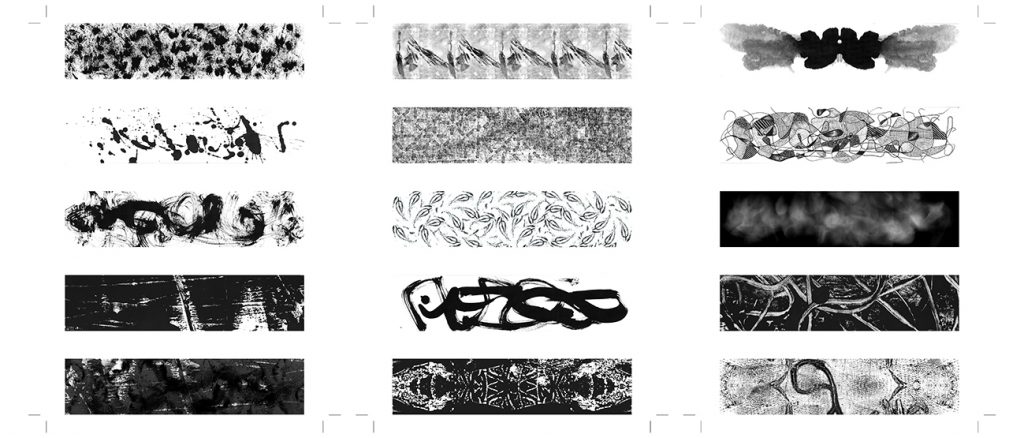
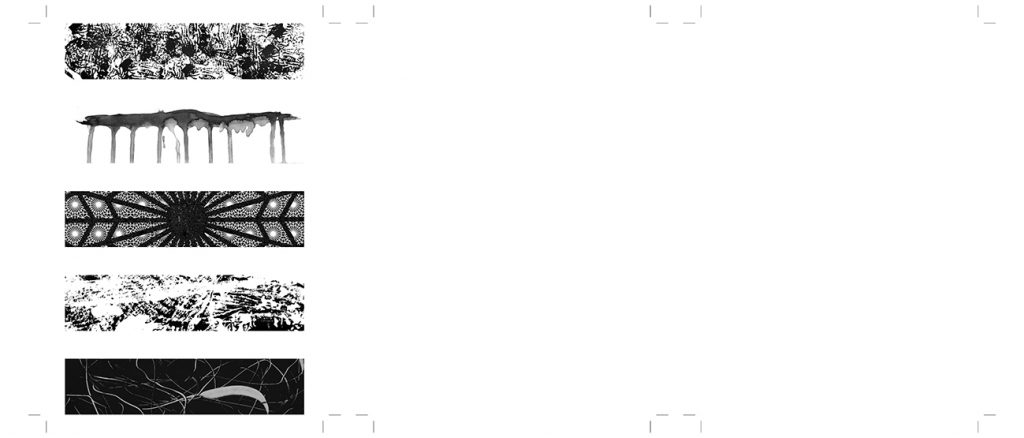




















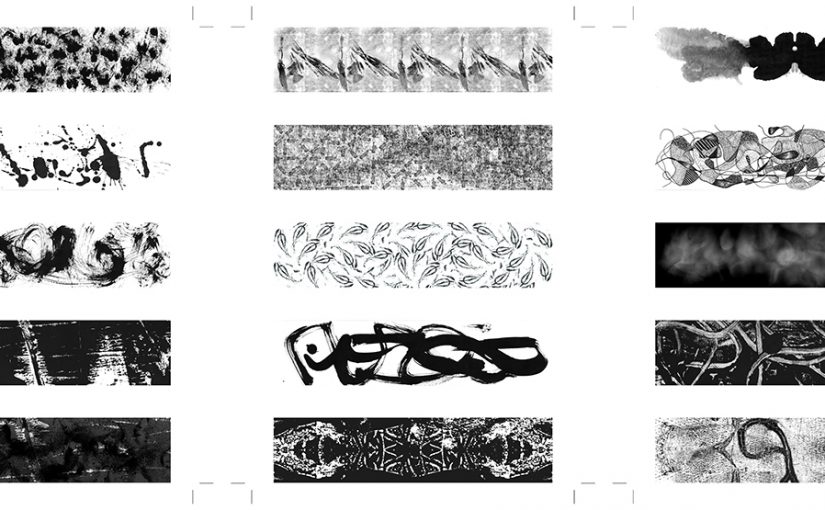









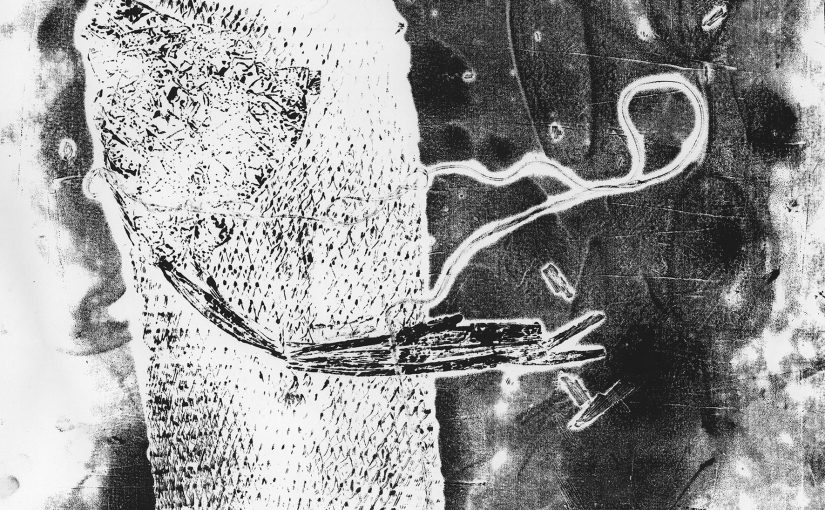
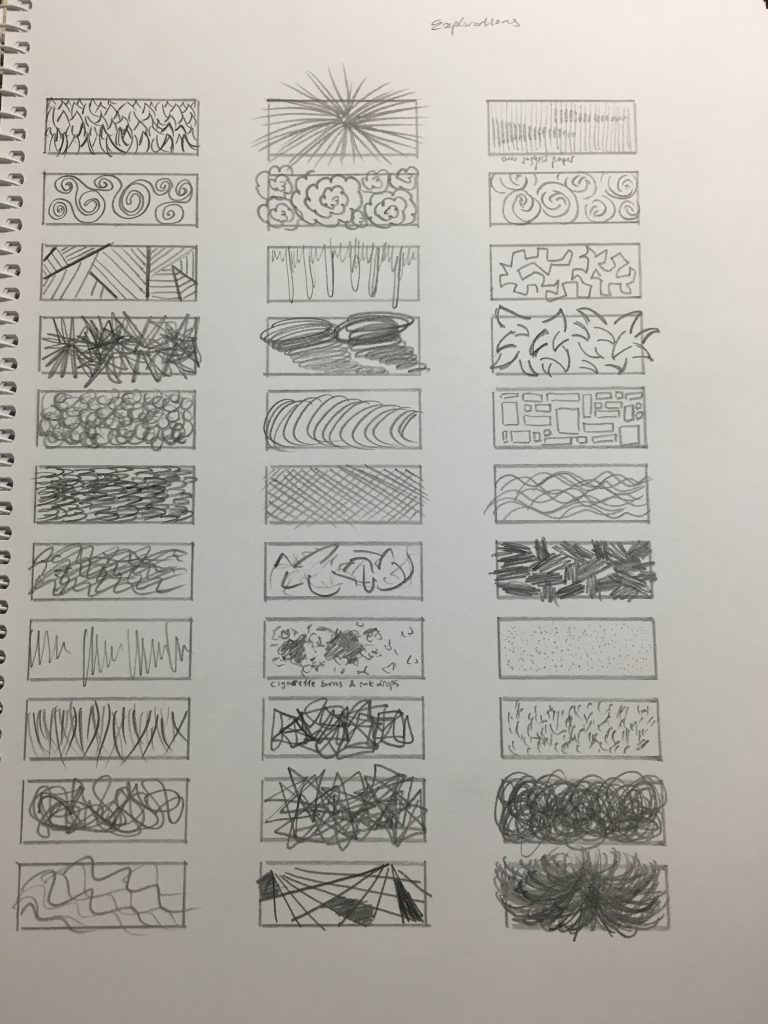
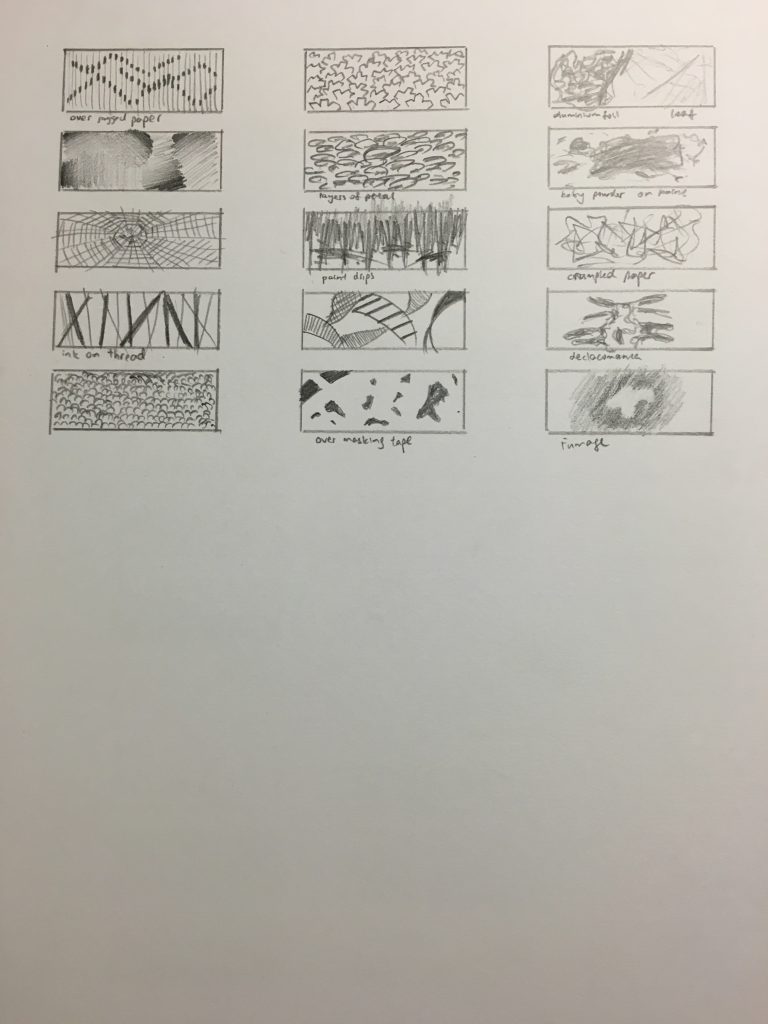
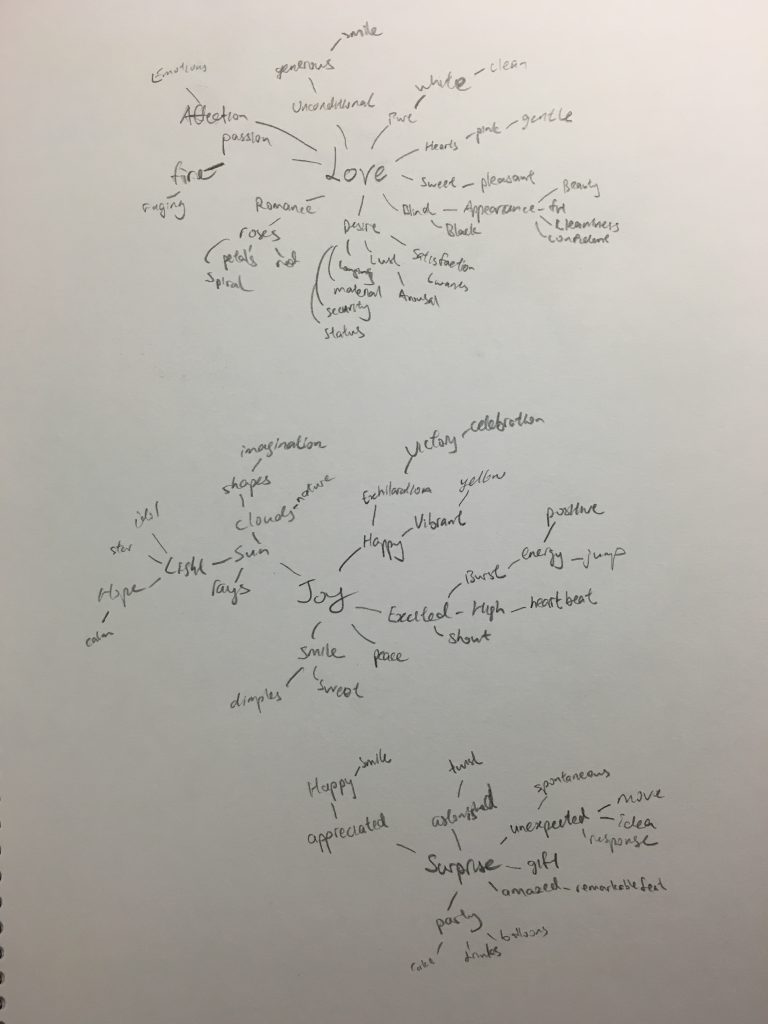
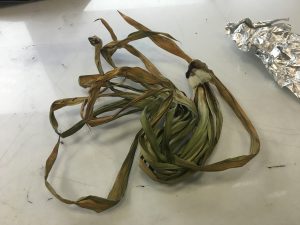
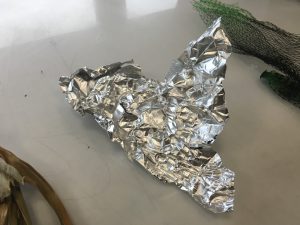
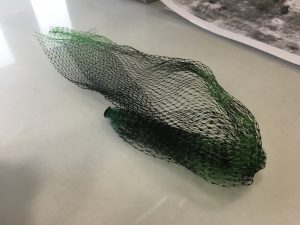
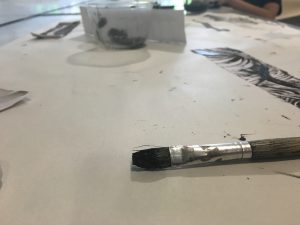
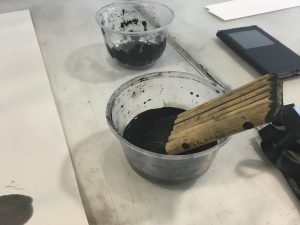 4. Different types of brushes
4. Different types of brushes